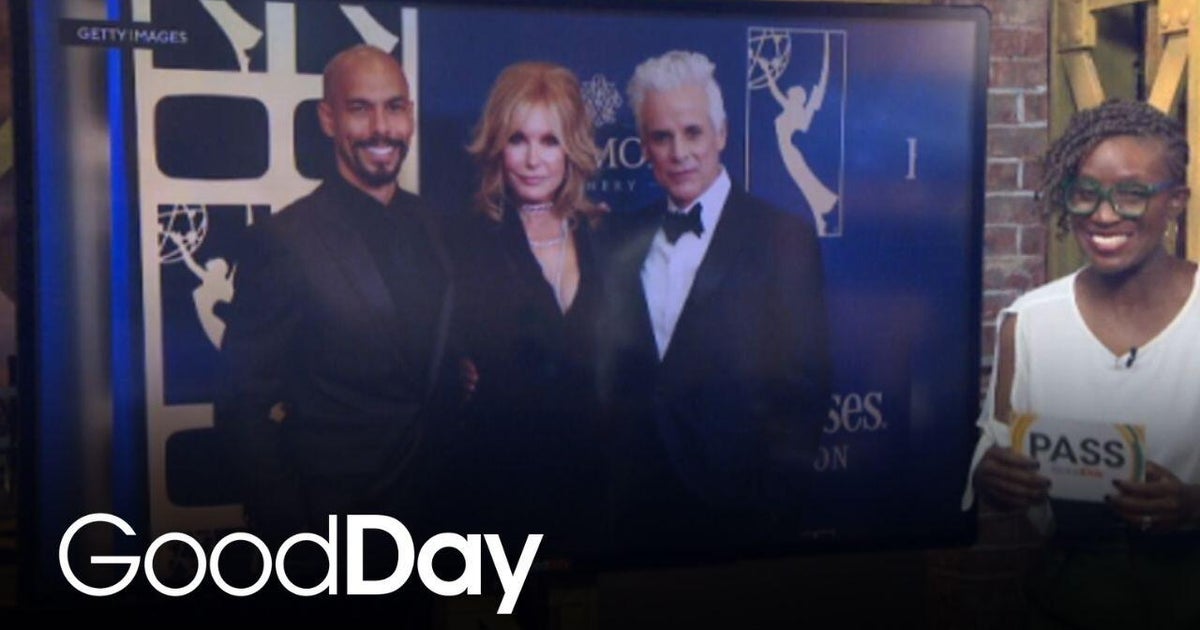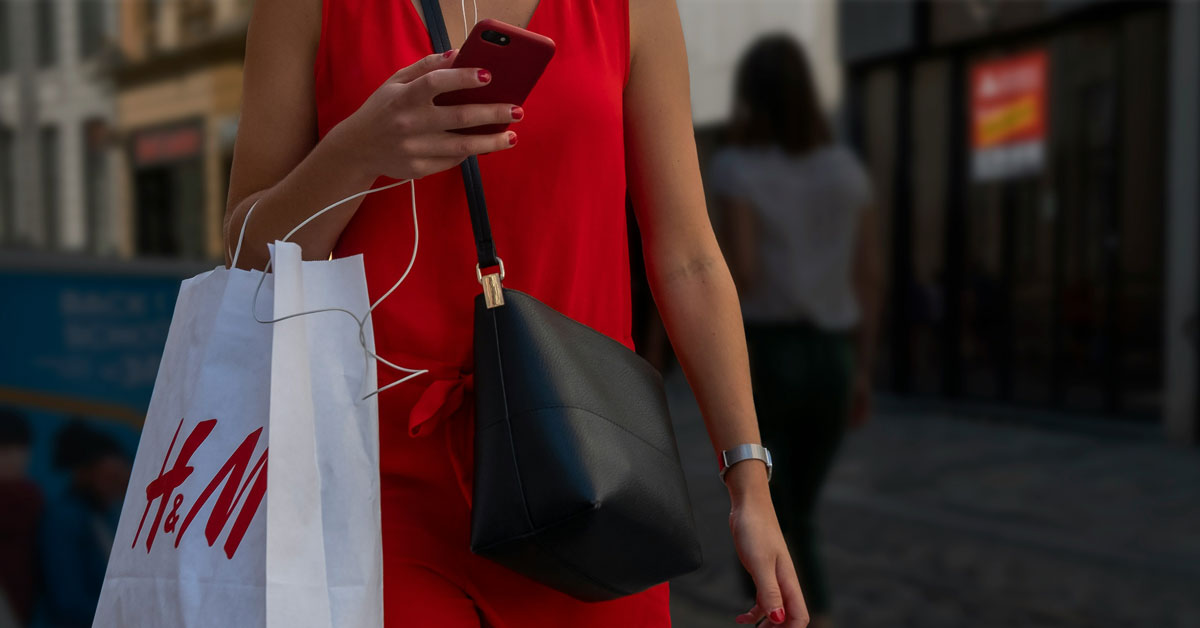PARIS — In October, The Business of Fashion (BoF) and The Business of Beauty (BoB) brought their communities together at the Shangri-La in Paris for an intimate discussion on building brand equity in a turbulent market.
Hosted by BoF’s director of content strategy, Alice Gividen, and BoB’s executive editor, Priya Rao, the conversation uncovered what the adjacent industries can learn from each other, and distilled both platforms’ market-leading coverage into actionable insights.
Macroeconomic pressures and rising prices are dramatically impacting both sectors — with fashion and beauty shoppers increasingly adopting cost-conscious behaviours. Sixty-four percent of shoppers traded down in the third quarter of 2024, while this year, more than 70 percent of customers planned to purchase from outlets or off-price retailers, even if their discretionary budget increased, according to BoF and McKinsey & Company’s State of Fashion 2025 report.
In a market defined by tighter budgets, Rao and Gividen emphasised the need for brands to understand what “value” truly means to their customers, to then communicate it clearly and consistently across touchpoints. This is critical at a time when luxury’s value proposition is under threat, with doubts around quality assurance following sweatshop scandals at the likes of Loro Piana, Valentino and, most recently, Tod’s.
Gividen called out the need to leverage both owned and resale platforms to engage entry-level shoppers, while elevating hero products through craftsmanship and durability to justify higher prices.
Turning to beauty’s role in the conversation, Rao shed light on a recent product launch that has garnered scrutiny. In August, Louis Vuitton made its long-awaited entry into beauty with a makeup line spanning 55 lipsticks and 10 lip balms, each priced at $160, along with eight eyeshadow palettes at $250 — positioning it among the most expensive beauty ranges on the market.
“$160 for a lipstick doesn’t really make sense in any retail environment except in its own boutiques, where there is probably nothing else at that price point to buy,” Rao recently shared in her weekly newsletter, Full Coverage.
The conversation turned to the importance of brand-building exercises — from carefully selected talent partnerships, to fostering a cohesive cross-channel strategy, while constantly working to surprise and delight consumers.
On stage, Gividen said that brands do not necessarily require big talent budgets to achieve online buzz. She shared an example of Jacquemus’ partnership with London-based content creator Bemi Orojuogun, famed for her piece to camera videos recorded in front of the city’s red buses, to celebrate the opening of its London flagship in 2024.
The brand gave Orojuogun creative license to announce the Mayfair store opening in her signature style, dressed in Jacquemus, for hyper-local cut-through. The collaboration post received over 11 million views across Jacquemus’ and Orojuogun’s channels in 48 hours.

Rao and Gividen underscored the growing imperative for brands to maintain a consistent presence across channels, as every digital touchpoint becomes increasingly shoppable. Online is set to account for more than 30 percent of global beauty sales by 2030, up from 26 percent in 2024, according to BoF and McKinsey’s The State of Beauty 2025 report — evidence that conversion opportunities now exist at every stage of the customer journey.
The pair highlighted Amazon’s evolving role in this landscape, not only as a platform for convenience but also for discovery, with viral moments on TikTok often echoed in Amazon search trends.
As the conversation drew to a close, Rao turned to the subject of agentic commerce — a new model where AI-powered agents handle the entire shopping process. She shared how tailored product recommendations on AI platforms are reshaping the customer shopping journey across fashion and beauty. She discussed OpenAI’s play to move into commerce, allowing users to buy directly within ChatGPT through partnerships with Etsy, and soon, Shopify (which partners with the likes of Glossier and Skims).
To stay up-to-date on the latest in fashion and beauty news and analysis, activate subscriptions to The Business of Fashion and The Business of Beauty for you and your team today, for access to in-depth reporting, competitor analysis and exclusive insights.
Senior strategists across fashion and beauty are available to deliver Executive Briefings in-house, tailored to your business. Please get in touch here to arrange one.













